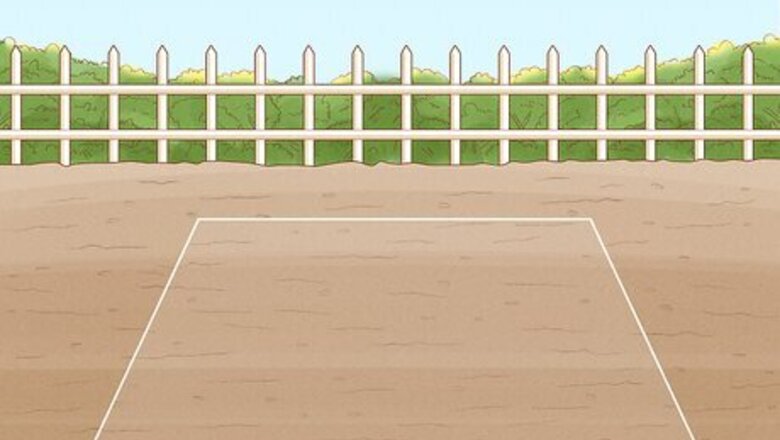
views
Building a Compost Site
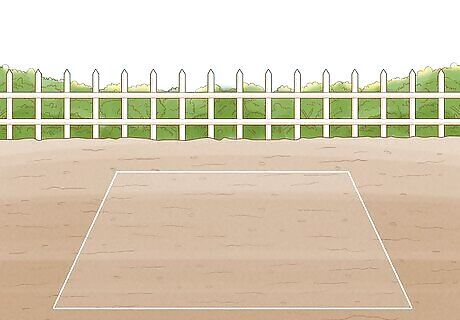
Select a site. Find a place on your property that is on high ground. A compost pile that is too low to the ground will become damp easily. You also want to make sure that the area is close to your horses’ stalls. The closer the spot is to the stalls, the easier it will be to move the manure to compost pile. Your site does not necessarily need boundaries. However, having enclosures can keep your compost in one place. Some prefer bins to piles. For example, you can create a system where you use 2 bins to store waste and compost. Once the first bin has been filled with waste, you should leave it to compost. You should store any extra waste in the second bin.
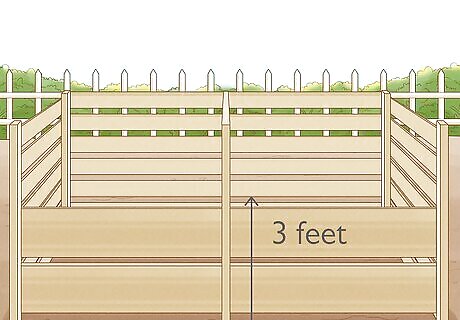
Create a properly-sized compost area. In order to get the right amount of air into your compost pile, your compost heap needs to be a certain size. You will want your heap to be about 3 feet (0.91 m) tall, wide, and long. You want your bin to be able to contain the right amount of manure need to make compost. The way you do this will depend on what type of system you want to use.
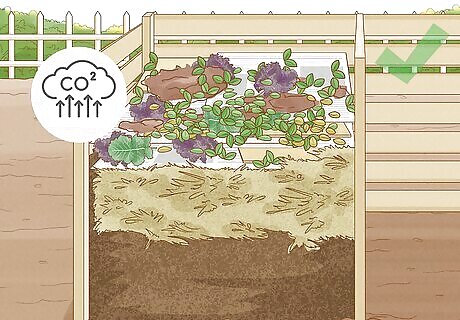
Mix carbon-rich materials into the horse manure. Examples of carbon-rich materials are sticks, dried leaves, dried evergreen needles, sawdust, cardboard, and paper. To avoid anaerobic decomposition, a type of composting that happens without oxygen, gather these materials and mix them into the manure.
Caring for Your Compost
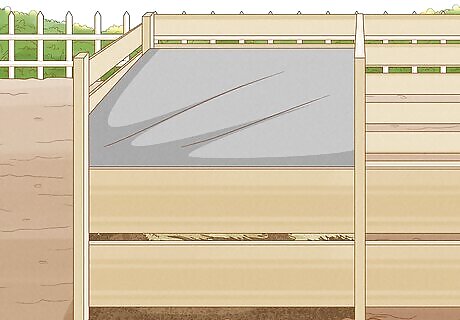
Cover your pile. You compost needs to be covered properly in order to be protected by the elements. In order to do that, you will need to lay tarp over your pile of compost. Find a tarp that can cover your bin and place it on your compost. You want to make sure that your compost does not get too wet due to precipitation or too dry because of heat. Therefore, covering your compost is a good way to keep it in a state that will be beneficial.
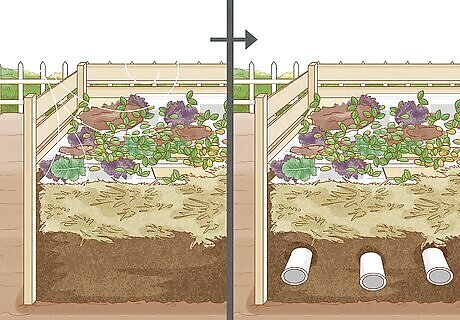
Air your bin. Compost needs the right amount of air. If the center of your pile does not receive enough air, then the composting will take a long time. Air can be added in several ways. You can turn the pile again and again. You can also place long pipes into the compost so the ends stick out like chimneys. Drill holes every few inches/cm to increase airflow to the compost matter.
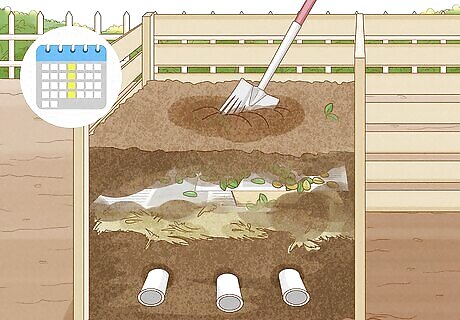
Turn your compost. Every few days (or up to a week), it is a good idea to use a pitchfork to toss the compost around and redistribute it. This allows a fresh supply of oxygen to penetrate the compost and feed the aerobic bacteria that drive the decomposition. Mix your ingredients. You should make sure that the material that you are composting has been completely blended. You can do this by using a pitchfork to turn your pile. Keep turning till everything has been mixed together. Keep the pile damp. You should pour water on your compost pile. Do not add too much water. You should add just enough to give the pile moisture, like that of a wet sponge.
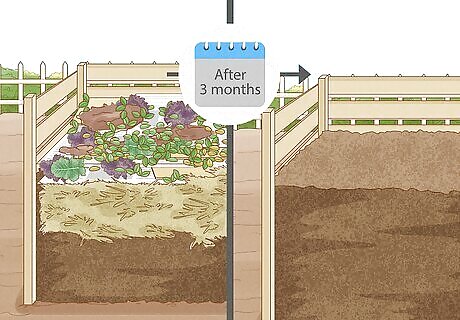
Give your compost time. Composting takes a long time. Leave the pile to sit and decompose; the entire process can take at least three months.


















Comments
0 comment